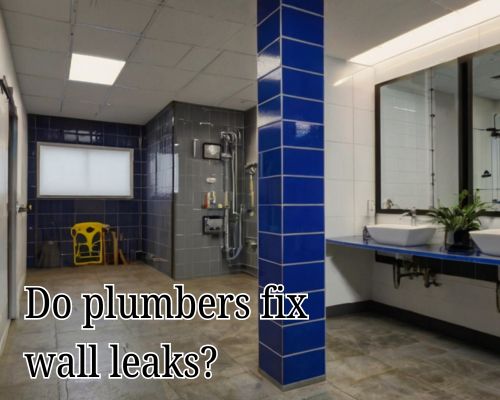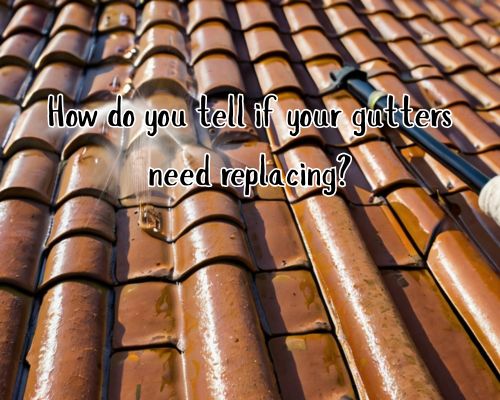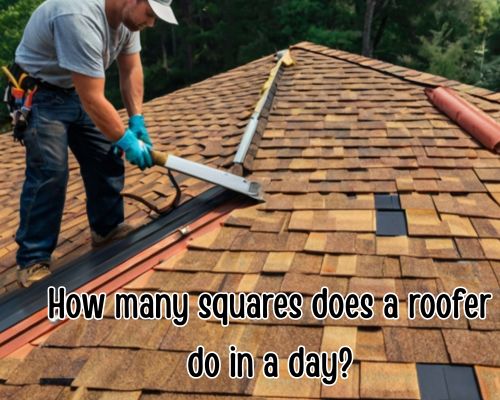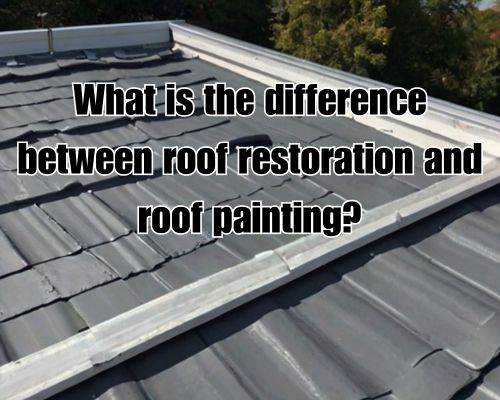Does a Library Add Value to Your Home?Does a Library Add Value to Your Home?
Exploring the Real Estate and Lifestyle Impact in Mornington, Australia
In the picturesque coastal enclave of Mornington, Australia, homeowners are increasingly asking a thought-provoking question: Does a library add value to your home? As buyers in the Mornington Peninsula region become more attuned to lifestyle-focused features and interior upgrades, the answer is no longer just about aesthetics—it’s about smart property strategy. A home library, once seen as a luxury, is now recognized as a functional, cultural, and financial asset.

With Mornington Cabinet Makers, let’s explore how integrating a library into your home can boost property value, appeal to discerning buyers, and enhance your living space—all while contributing to the local character of Mornington.
1. The Emotional and Functional Value of a Home Library
Bookshelves filled with curated collections don’t just look good; they tell a story. For many in Mornington—a region known for its artistic flair, wine country charm, and academic appeal—a home library can reflect personal identity and lifestyle.
A dedicated reading nook or full-scale study adds more than shelves; it introduces a sense of calm, intellectual prestige, and purpose. Families, remote workers, and retirees alike are seeking spaces that align with personal growth and wellbeing. A thoughtfully designed library gives homeowners just that.
In Mornington’s competitive property market, where coastal charm meets suburban convenience, such bespoke features are becoming more than just perks—they’re selling points.
2. Boosting Real Estate Value in Mornington’s Market
Real estate agents across Mornington and the wider Mornington Peninsula region have noted a subtle shift: buyers are now prioritizing multifunctional, elevated interior spaces. While swimming pools and home cinemas once dominated the list, home libraries are carving their own niche.
Why?
- Intellectual Appeal: A library suggests sophistication and care in home design.
- Flexibility: The space can double as a study, home office, or guest room.
- Staging Potential: Homes with libraries photograph beautifully in listings, enhancing digital appeal on real estate platforms like realestate.com.au and Domain.
According to local real estate professionals, homes in Mornington featuring purpose-built libraries or custom cabinetry see increased buyer interest—particularly among professionals, empty nesters, and families valuing education and ambience. For custom-built, you may go to Mornington Cabinet Makers.
3. Design as a Driver: Enhancing Interior Aesthetics
Interior designers across Mornington often highlight how a library acts as an anchor for a home’s visual narrative. Whether you opt for:
- Built-in floor-to-ceiling shelving
- Modular bookcases styled with decor elements
- Cozy reading alcoves with custom lighting
…the space becomes a statement. Smart use of finishes—think Australian hardwoods like spotted gum or blackbutt—tied with neutral colour palettes and textured fabrics can integrate the library seamlessly into open-plan homes or traditional designs.
The library also offers the opportunity to layer functionality with beauty, adding value through both immediate visual appeal and long-term usability.
4. Attracting Remote Workers and Knowledge-Based Buyers
The global rise of remote work is especially evident in areas like Mornington, where many Melbourne professionals have relocated or purchased weekend homes. These buyers often prioritize home office potential—and a library fills that need elegantly.
By integrating built-in desks, ergonomic seating, and sufficient natural lighting, a library can double as a productivity hub.
For investors and homeowners, this is an attractive feature that:
- Enhances property versatility
- Appeals to the growing remote work demographic
- Future-proofs the home’s function
When selling, showcasing a library as a hybrid space can widen your target market and improve perceived value.
5. Smart Features Meet Old-World Charm
In today’s real estate market, tech integration is no longer optional. But that doesn’t mean you have to sacrifice the timeless feel of a library.
Mornington homeowners are finding creative ways to blend smart features—such as automated lighting, smart climate control, and digital cataloguing systems—with the aesthetic of classic reading rooms.
Imagine a climate-controlled room with rich timber shelves and a smart tablet hub that manages lighting, music, and air filtration.
Buyers love this hybrid of old-world charm and 21st-century convenience. It shows foresight, style, and thoughtful home planning—three qualities that contribute significantly to both lifestyle value and resale price.
6. Cost vs. ROI: Is a Library Worth the Investment?
From a budgeting perspective, a home library is relatively cost-effective compared to full-scale renovations like kitchens or bathrooms. In Mornington, homeowners can expect:
- Custom built-ins: $8,000–$20,000 depending on materials and size
- Simple freestanding solutions: $2,500–$5,000
- Full room conversion with furnishings: $15,000–$30,000+
ROI Consideration:
While a home library might not directly increase your home’s valuation in the same way as a new kitchen, it often enhances buyer perception, leading to quicker sales and more competitive offers—especially in lifestyle-driven markets like Mornington.
Think of it as a strategic value-add that elevates your home’s narrative and desirability rather than pure square-metre metrics.
7. Adding Character in Mornington’s Architectural Landscape
Mornington is known for its blend of modern coastal homes, Federation-style cottages, and minimalist townhouses. A library, when thoughtfully integrated, can complement any of these designs.
- In beachside homes, it provides a quiet contrast to open breezy layouts.
- In heritage-style cottages, it reinforces a sense of tradition.
- In modern apartments, it adds depth and utility without needing excess space.
Architects in the region often include library niches or feature walls in sustainable design blueprints, especially as buyers seek more character in newer builds.
8. Cultural Relevance and Local Trends
Mornington boasts a thriving cultural scene—bookshops like Farrells Bookshop, proximity to wineries and art galleries, and regular writers’ festivals in the Peninsula area. This cultural richness spills into residential preferences.
A home with a library resonates with locals who value creativity, learning, and quiet luxury.
It signals that the homeowner isn’t just selling a property—they’re offering a lifestyle.
Final Verdict: Yes, a Library Adds Value—In More Ways Than One
So, does a library add value to your home? In the context of Mornington, Australia, the answer is a resounding yes.
From boosting emotional and aesthetic value to increasing buyer appeal in a lifestyle-oriented property market, a home library is more than a room—it’s a smart, strategic investment. Whether you’re planning to sell, renovate, or simply enrich your living experience, a personal library offers timeless elegance and modern-day relevance.
🏡 Local Tip for Mornington Homeowners:
Partner with local joiners and interior designers who understand the coastal aesthetic of Mornington. Custom shelving using locally sourced timber or finishes aligned with beach tones can seamlessly tie your library into your home’s overall character.











